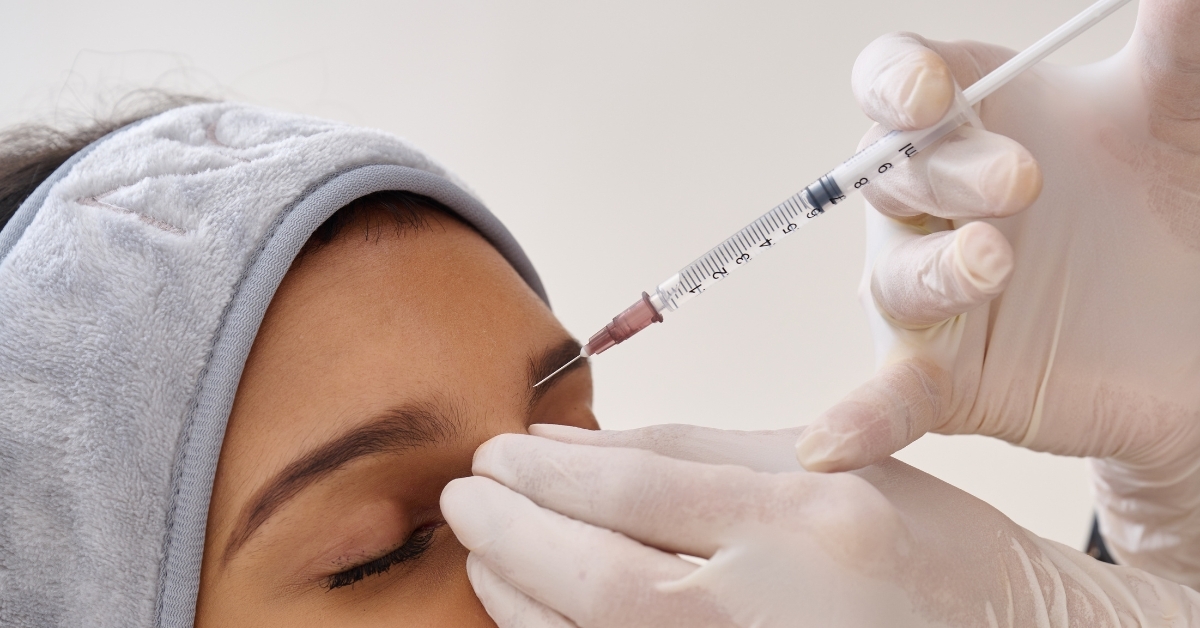Ear Surgery, or as the medical term “otoplasty” goes, is a cosmetic procedure. It focuses on reshaping, resizing, or repositioning the outer part of the ear, medically known as the auricle. This ear surgery in Dubai treats patients with protrusions and also fixes abnormalities in the structure.
Here are all the things you need to know about otoplasty:
What Is It For?
When the ear auricle fails to develop normally, otoplasty surgeons in Dubai recommend getting an otoplasty to avoid facing issues in later stages. Since protrusions and abnormal ear structures can result in severe personality development and confidence problems, it’s imperative that patients and parents seek early treatment. Similarly, in the case of an injury or birth defects, one can also go for the procedure.
Likewise, if you have scarring in the area of the ear or had stitches that faced complications, you can consider otoplasty. Moreover, asymmetry in both or any one of the ears even after a previous otoplasty can require a revision of the procedure.
Ideal Candidates:
Although the procedure can be performed on anyone, however, in case of a child with birth defects, it’s recommended to wait until they’re at least 5. Unless the procedure needs to be done instantly in some rare cases. Then, the age limit is at least 3 years or even immediately after birth in the case of splinting (a process that uses a splint to keep ears in the new position). That means anyone above the age of 5 can have the surgery anytime.
Types of Otoplasty:
Here are the different types of otoplasty that are usually available:
- Augmentation
- Pinning
- Reduction
Augmentation:
Augmentation means resizing the ears in order to make them appear normal. This is a type of otoplasty procedure that is performed on patients whose ears don’t develop to the right size. That is to say that the outer part of the ear, the auricle, experiences halt in its growth.
Pinning:
This is the surgical process that involves moving the ears closer towards the head. People with a lot of outward protrusion can opt for otoplasty ear pinning procedures to move their ears inwards.
Reduction:
Reduction means decreasing the size of the ears that stand out for being too big. If you or your child has ears that are too big for them, you can opt for ear reduction procedures. The condition that involves people having too large ear sizes is called Macrotia and reduction procedures are used to treat it.
The Process:
The procedure you choose to get determines the type of incisions and scarring you can expect after the surgery. However, you can expect to be put under general or local anaesthesia as per your medical condition and your surgeon’s decision. After that, your surgeon will make incisions on the rear part of the ear or inside the ear folds. Then, they’ll adjust the tissue of the ear by removing and/or folding the cartilage and skin. To hold it all in place, the surgeon will then stitch it up or use grafting to finalize the process.
You can expect to be in the outpatient room for at least 2-3 hours before the procedure is completed.
Preparing For The Surgery:
Your doctor can discuss the whole process in detail and guide you on the necessary precautions and preparations that are prerequisites. But, to have an idea, you can take a look at the following:
No Smoking:
Smoking can slow the blood flow in the area and this can end up decreasing the speed at which you recover from the surgery.
Consult Your Expert on Your Medical History in Detail:
It’s crucial that your medical expert knows everything there is to know about your medical history. If they’re not aware of anything, even an allergy that you might have, it can end up complicating the procedure. Similarly, you should mention all the medical treatments you have had in the past.
Follow The Surgeon’s Advice:
Depending upon your case, you might be advised to take a course of medication before the actual surgery. You will need to abide by the rules and medical schedule that the surgeon lays out for you. Similarly, avoid anything that the doctors don’t recommend to you. Even if that means going against other doctors, consult your otoplasty surgeon to figure out the best solutions.








